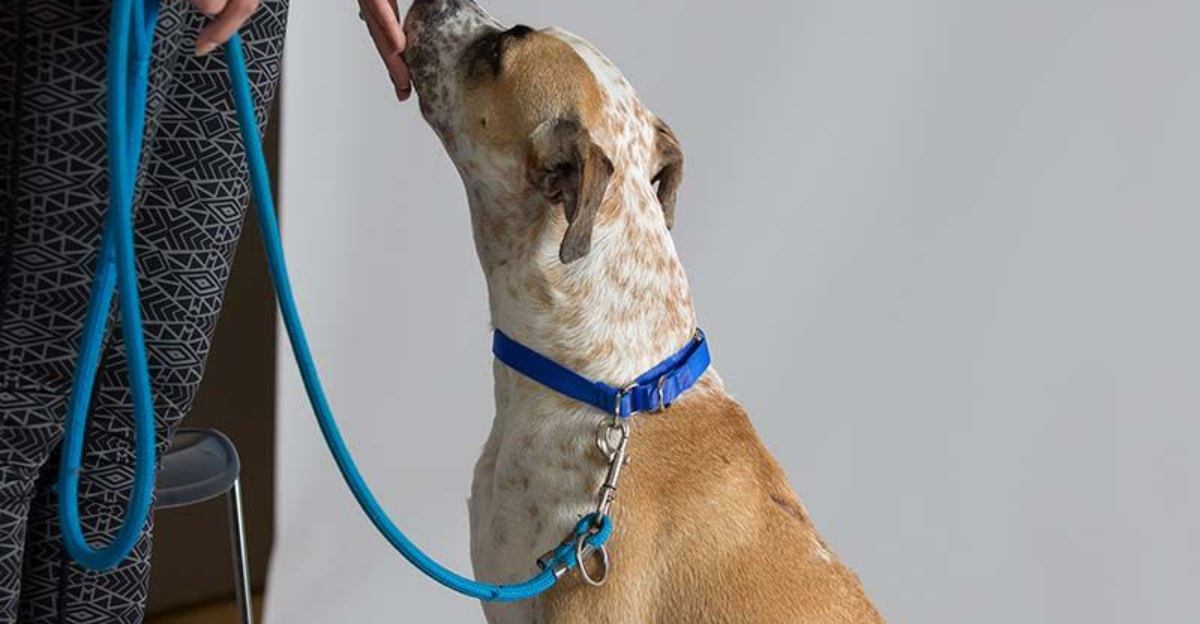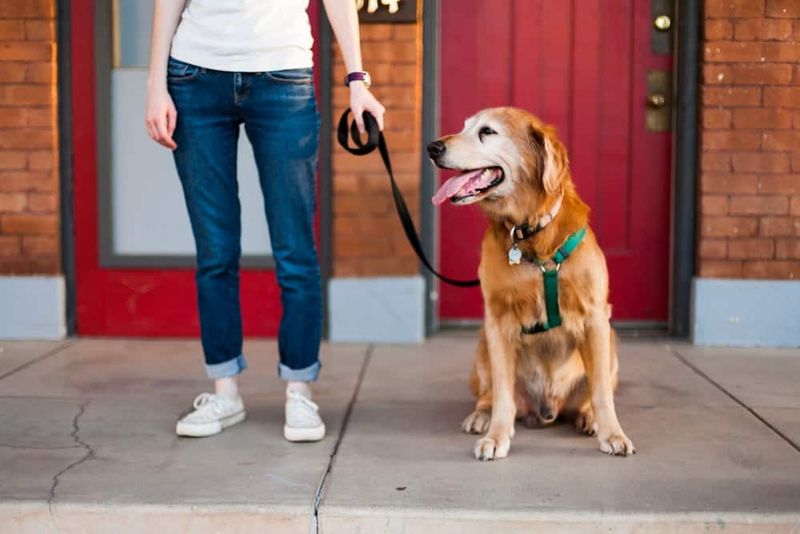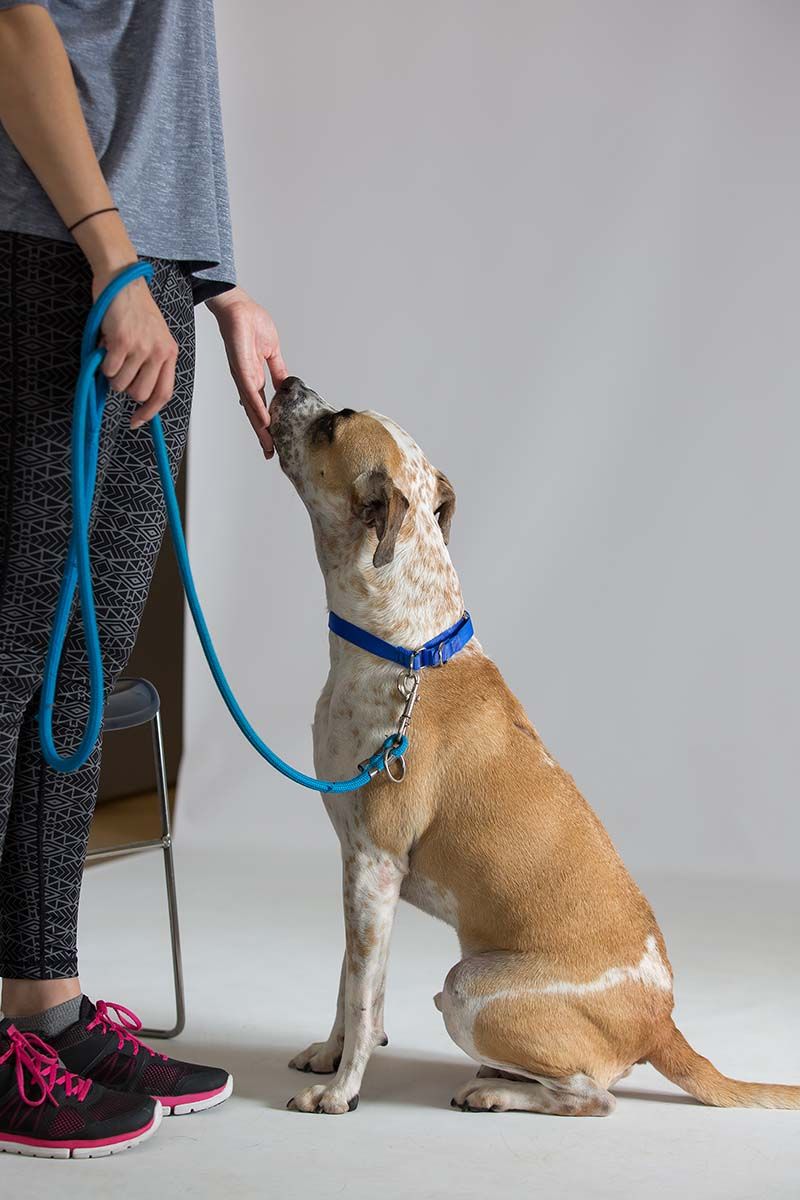Walking your dog should be a pleasant experience for both you and your furry friend. However, many dog owners struggle with their pets pulling on the leash, turning a simple walk into a challenging task. To transform your walks into enjoyable outings, we’ve gathered three expert-approved techniques to prevent leash pulling. These methods focus on training, equipment, and consistency, ensuring a more harmonious experience. Let’s explore these practical tips to help you and your dog enjoy your time outdoors.
The Power of Positive Reinforcement
Imagine your dog walking calmly by your side, responding eagerly to your commands. Positive reinforcement, a favorite among trainers, can make this a reality. By rewarding your dog with treats or praise each time they walk beside you without pulling, you encourage good behavior. This method transforms your walk into a bonding experience.
Consistency is crucial; keep treats handy and be generous with praise. Over time, your dog will associate calm walking with rewards. Remember, patience is key. Celebrate small victories, and gradually, the leash will become a symbol of shared adventure.
Choosing the Right Equipment
Select the right gear to aid in your training journey. A no-pull harness is often recommended by experts as it provides better control and minimizes discomfort. Unlike traditional collars, these harnesses are designed to gently steer your dog back towards you without causing harm.
Visit your local pet store to explore options and get a proper fit for your dog’s size and breed. A good fit ensures effectiveness and comfort. This small investment in equipment can make a world of difference in your walking experience, transforming it from a tug-of-war into a relaxing stroll.
Consistency: The Key to Success
Have you ever wondered why some dogs walk perfectly on a leash? The answer lies in consistency. Regular practice reinforces the behavior you desire. Set aside dedicated time each day to train your dog on short walks, gradually increasing the distance as they improve.
Repetition is your ally. Whether in your backyard or around the block, maintain the training routine. Tracking progress can also be motivating. Keep a journal of your dog’s improvements, noting the distance and duration of each walk. Consistency transforms leash training from a chore into a rewarding habit.



